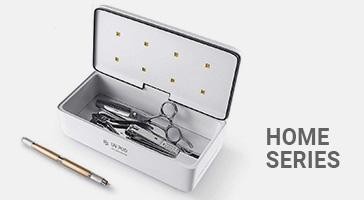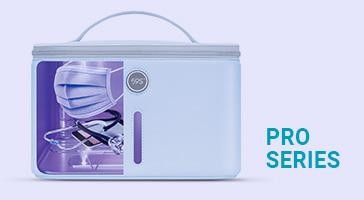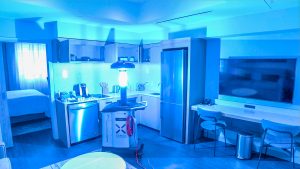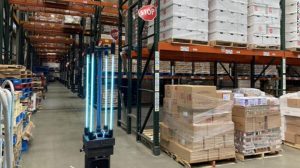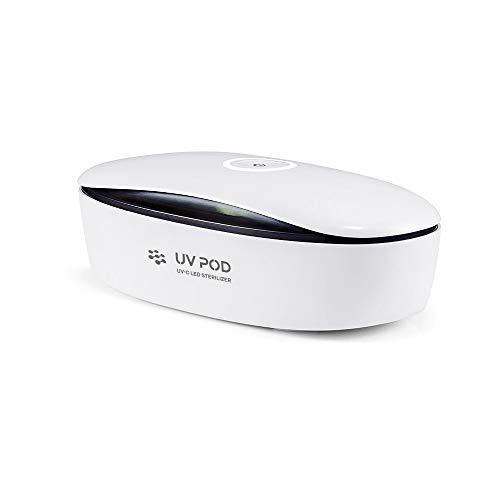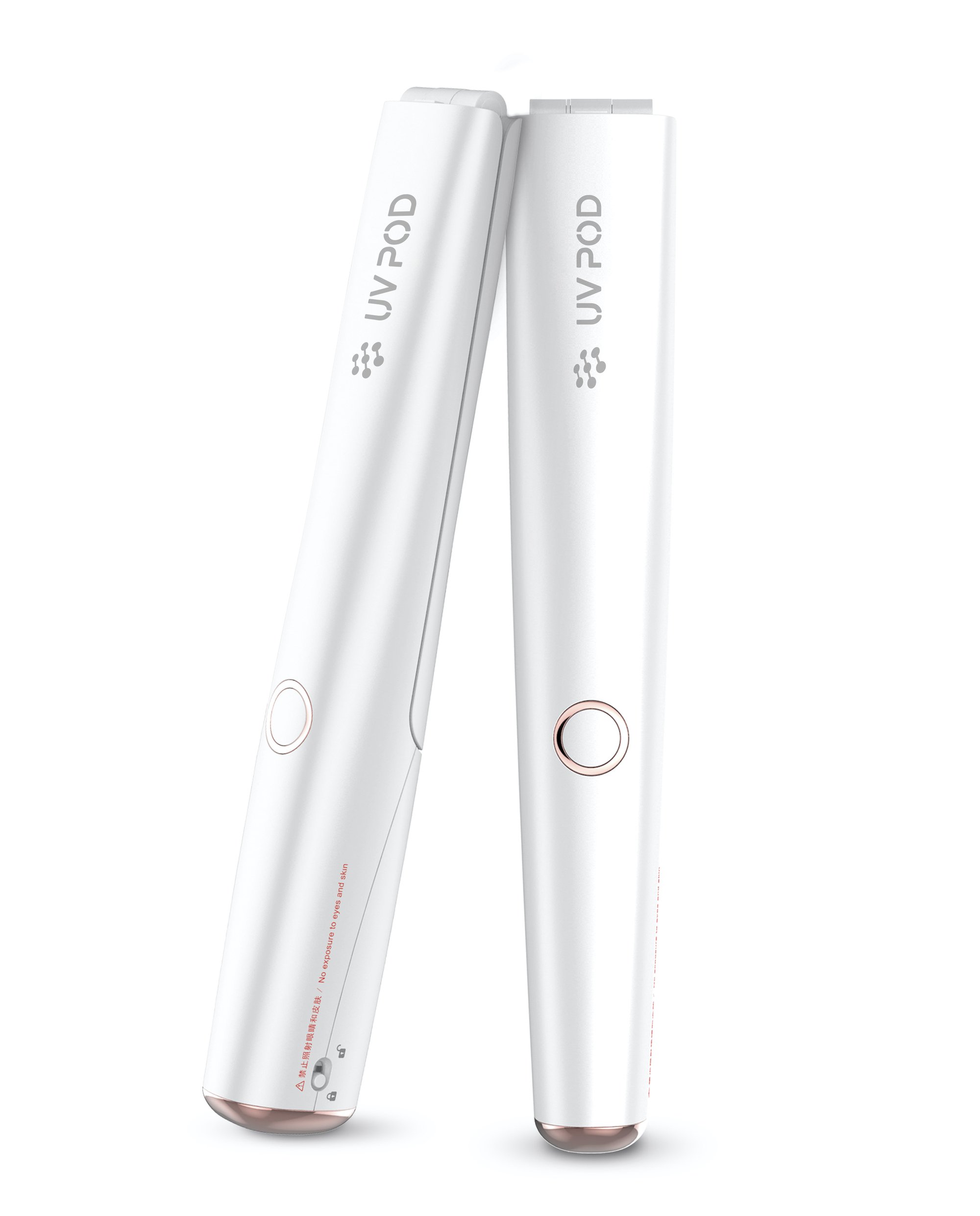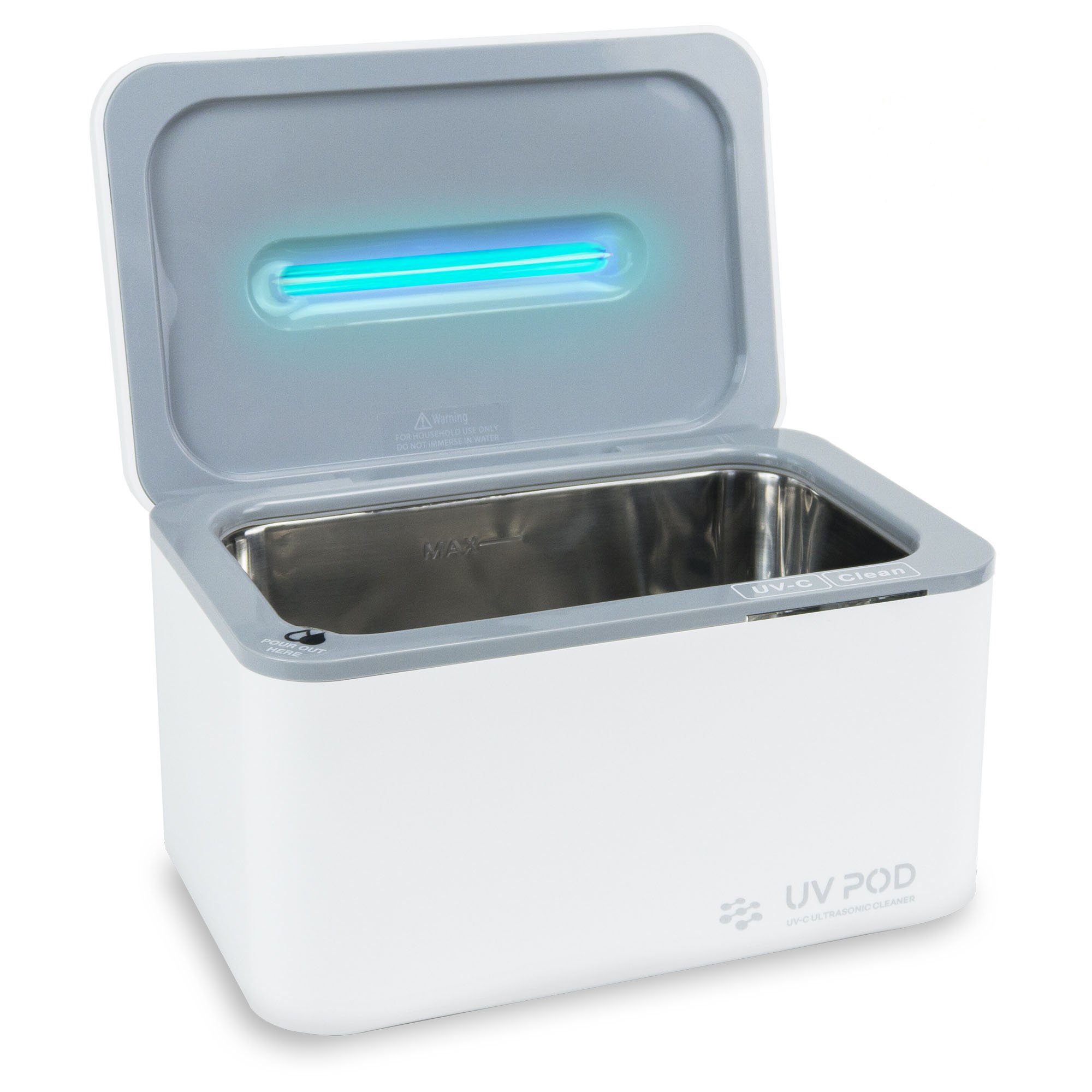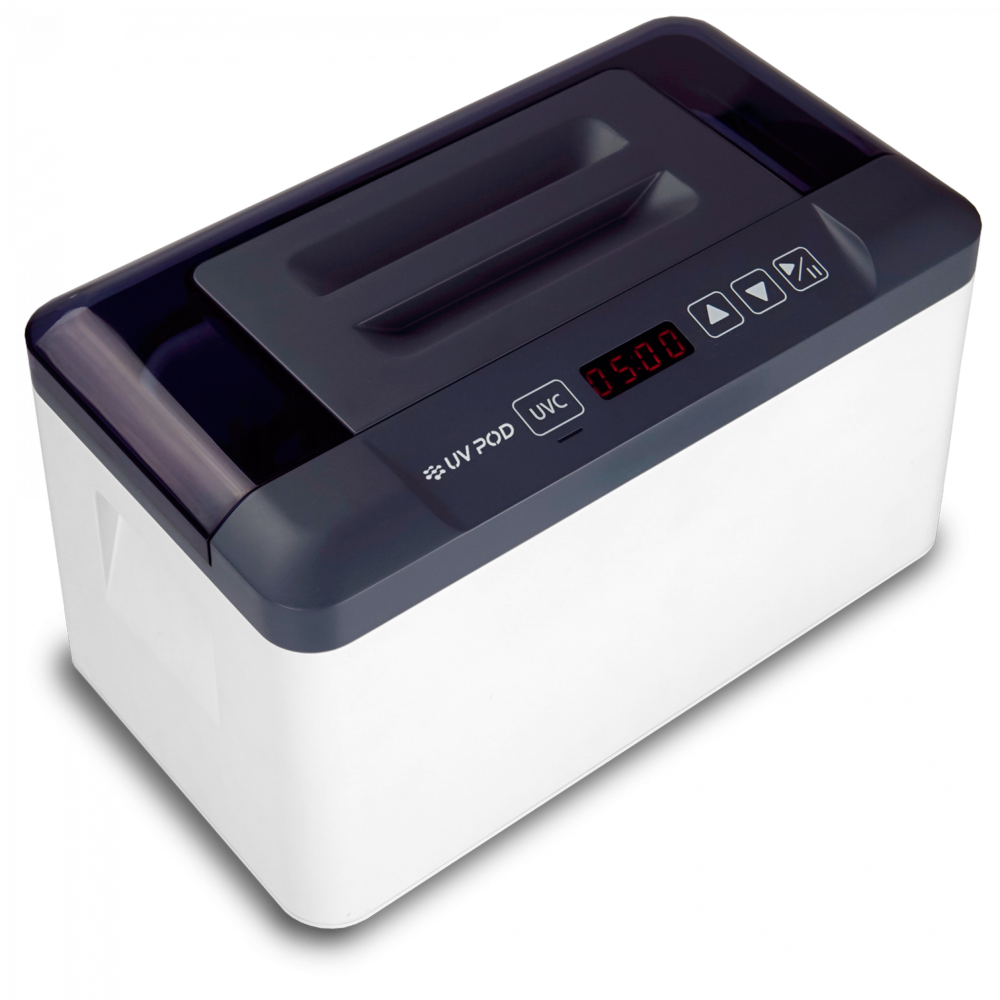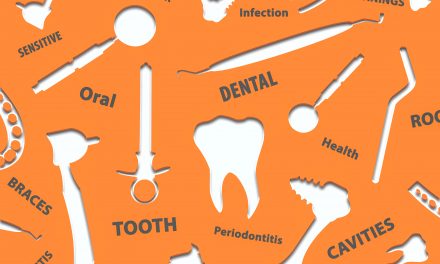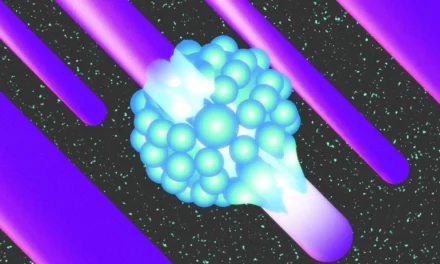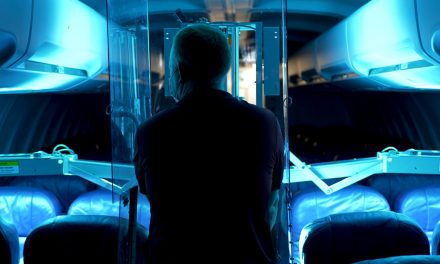What Is Ultraviolet Light? Ultraviolet (UV) light is a type of electromagnetic radiation. It has more energy than radio waves or visible light but less energy than X-rays or gamma rays. The term “ultraviolet” comes from the Greek word “ultra,” meaning “beyond,” and “violet,” meaning “purple.” The wavelength of ultraviolet light ranges from 100 to 400 nanometers. The sun emits UV light in the range of 290 to 400 nm. The wavelengths of UV light are divided into three bands: UVA (320 to 400 nm), UVB (290 to 320 nm), and UVC (100 to 290 nm). UVA and UVB are both harmful to humans. UVC is not detrimental to humans but can damage some materials like plastics and polymers.
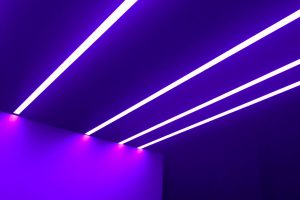
How Does Ultraviolet Light Work?
Ultraviolet light can be used for disinfecting surfaces, air, and liquids. It has the ability to kill microbes like viruses and bacteria through damaging molecules like nucleic acids and proteins. It initiates a reception between two thymine molecules, which is one of the bases that construct DNA. This makes the germ incapable of performing the processes that it needs to survive. The longer thymine remains exposed to UV light, the more damage it causes to the DNA, which consequently means the lesser chance for viruses and bacteria to repair and regenerate – causing them to die eventually.
What are the main differences between UVA, UVB, and UVC light?
All types of UV radiation are not always harmful. In fact, in small doses, it even helps humans produce vitamin D, which is essential to our body. The problem ensues when we are constantly exposed to high levels of UV. There are three types of UV wavelengths that differ in size and vary in their effect on our overall health. Its effects may not show instantly, but they definitely will over time. The aftermath of over-exposure to these UV rays is often chronic and adverse.
UVA
UVA rays penetrate through the skin the deepest out of the three rays. They reach deep enough into the skin to cause wrinkling, aging, sunspots, and even loose skin. Even though they are not the primary cause, they are capable of causing changes in DNA that can eventually lead to cancer of the skin.
UVB
UVB rays sits in the middle of the UV light spectrum. A small portion of sunlight contains UVB light. UVB rays are only capable of reaching past the ozone layer to the perfunctory layers of our skin. It is the most common cause of sunburn, redness, and skin cancer. They are capable of causing enough and direct changes to the cell’s DNA which makes them the primary cause of skin cancer.
UVC
UVC rays has the most energy. It is mainly absorbed by the Earth’s ozone, so you’re generally not exposed to it on a daily basis. For this reason, they are not completely considered hazardous to humans. However, various human-made sources of UVC light are commonly used in germicidal lamps and tanning beds. This type of artificial UVC may cause harm to humans after extended exposure.
 Research found a type of UV light that is strong enough to kill Covid-19 but safe enough for everyday use
Research found a type of UV light that is strong enough to kill Covid-19 but safe enough for everyday use
Scientists from Japan’s Hiroshima University have shown how a UV light with a wavelength that is deemed safe for humans is also able to kill the pathogen that causes Covid-19, the coronavirus. The recently published research was the first to demonstrate how UV-C light with at least a wavelength of 222nm is efficient against the Novel Coronavirus specifically, and not just any related coronavirus which is seasonal and has less extreme symptoms. It is not a secret that specific wavelengths of UV light are capable of eradicating pathogens. They are used in aircraft and some public restrooms to sanitize surfaces after use quickly. The germicidal ability of UV light, however, involves at least 254nm wavelength. Albeit capable of killing some microbes, it also poses a hazard to human skin and eyes through direct contact.
Is it proven to be safe for use around humans?
The danger this light presents to humans poses limits to its usage in a public environment during operational hours, causing the utilization of inconvenient and likely unhealthy solutions that are heavily chemical-based. However, there has been a growing list of proofs implicating the safer version of UVC light, aptly called far-UVC, as an alternative that is not just effective at killing various types of microbes but also safe for humans vision and skin. More and more researches are serving as hard evidence of far-UVC’s effectiveness at inactivating Covid-19, making it one of the most promising solutions for disinfecting surfaces in a public setting that would be difficult to sanitize on a day-to-day basis otherwise.
How effective is it at inactivating coronavirus?
As per the researchers, far-UVC is capable of killing 99.7% of the coronavirus after being exposed to it for at least 30 seconds. This is not a bad alternative considering the other option may give you health problems like permanent vision damage or, worse, skin cancer.
Where can we use far-UVC sterilization?
Numerous industries are starting to learn the pros of being able to protect their patrons and avoiding the spread of infectious diseases by disinfecting through UV light.
UV light sanitation in a medical setting
Healthcare Acquired Infections, also called HAIs, are more prevalent than the public realizes. The statistics say that in every 25 people, at least 1 develops an infection acquired from their stay in a hospital. A published research shows that UV light sanitation in clinics and hospitals had greatly decreased virus transmission and infection chances. Hospital administrators and healthcare associations took notice of the cost-saving benefits and efficiency of UV-powered robots and gadgets in respect of sanitizing the air and other surfaces. UV-powered robots are becoming more in demand, especially in hospitals where they roam from one room to another, disinfecting every nook and cranny between patients. Far-UVC would be especially useful in a medical setting, where rooms are rarely emptied long enough for a regular germicidal UV light to be used.
 UV light sanitation in a commercial setting
UV light sanitation in a commercial setting
In indoor locations, like commercial buildings and offices, applying or spraying disinfecting chemical solutions routinely to battle Covid-19 is not advised by WHO. Especially in places where people congregate and stay for an extended period of time. All the chemicals that are in some disinfecting solutions can pose harm to humans if inhaled excessively. Many businesses have already turned to UV sanitation systems as their primary option for disinfection. Besides the additional layer of protection that it provides, it successfully puts clients’ worries at ease when they go grocery shopping in an establishment where there is an automated UV sanitation system installed at check-out counters, making sure the products they will take home are uncontaminated. Or when they dine in a restaurant equipped with a UV sanitation system disinfecting the surfaces.
UV light sanitation in schools
Most school districts require their students and faculty members to wear face masks at all times. While face coverings are indeed an excellent way to reduce the possibility of spreading the virus, it is only a small part of a more extensive solution. To help lessen the chance of spreading the virus that causes Covid-19, school districts take various prevention strategies. This includes installing a UV sanitation system in the air ducts of their campus to effectively sterilize the air and kill any airborne pathogens that may be infected. They have also made disinfecting with UV wands a part of their cleaning routine after every school day to make sure that all surfaces are adequately disinfected.
UV light sanitation at home
UV sanitation systems come in different forms and sizes. There are bottles, boxes, and even wands. Each with its own set of instructions and advice on how to properly and safely operate the gadget to kill germs efficiently, with specifics on factors like the amount of time disinfection takes, in case of the wand-type, how near it needs to be to the item that needs sanitizing. Bigger UV boxes can accommodate household and personal items like keys, baby toys, or even coins and bills.
Here are a couple of recommendations for FDA registered gadgets that you can use at home for sanitation or cleaning purposes:
What is the FDA’s role in the oversight of UV lamps?
They released a guideline in a form of question and answer available for public reading.
How long do coronaviruses survive on surfaces?
As per the guideline that was released by the World Health Organization, there is no definite time frame on how long can SARS-CoV-2 remain active on surfaces. However, we can assume that it probably behaves the same as the other bacteria in the coronavirus family. Research has shown that the other types of coronavirus can survive on surfaces for anywhere between a few hours up to several days, depending on the existing conditions of the environment it is in.
Does sunlight kill COVID-19?
It hasn’t been proven as of writing. There isn’t enough data to conclude that direct sunlight has the capability of inactivating the Covid-19 virus.
How long can COVID-19 linger in the air?
There is a study that found Covid-19 infected aerosols can remain active for up to 3 hours. The study ended after 3 hours, so the total amount of time that Covid-19 aerosols remain active in the air may be longer. There are also many factors to consider, like humidity and temperature. Therefore, this is a tentative answer, and more research on this subject needs to be conducted before an answer can be considered concrete.

